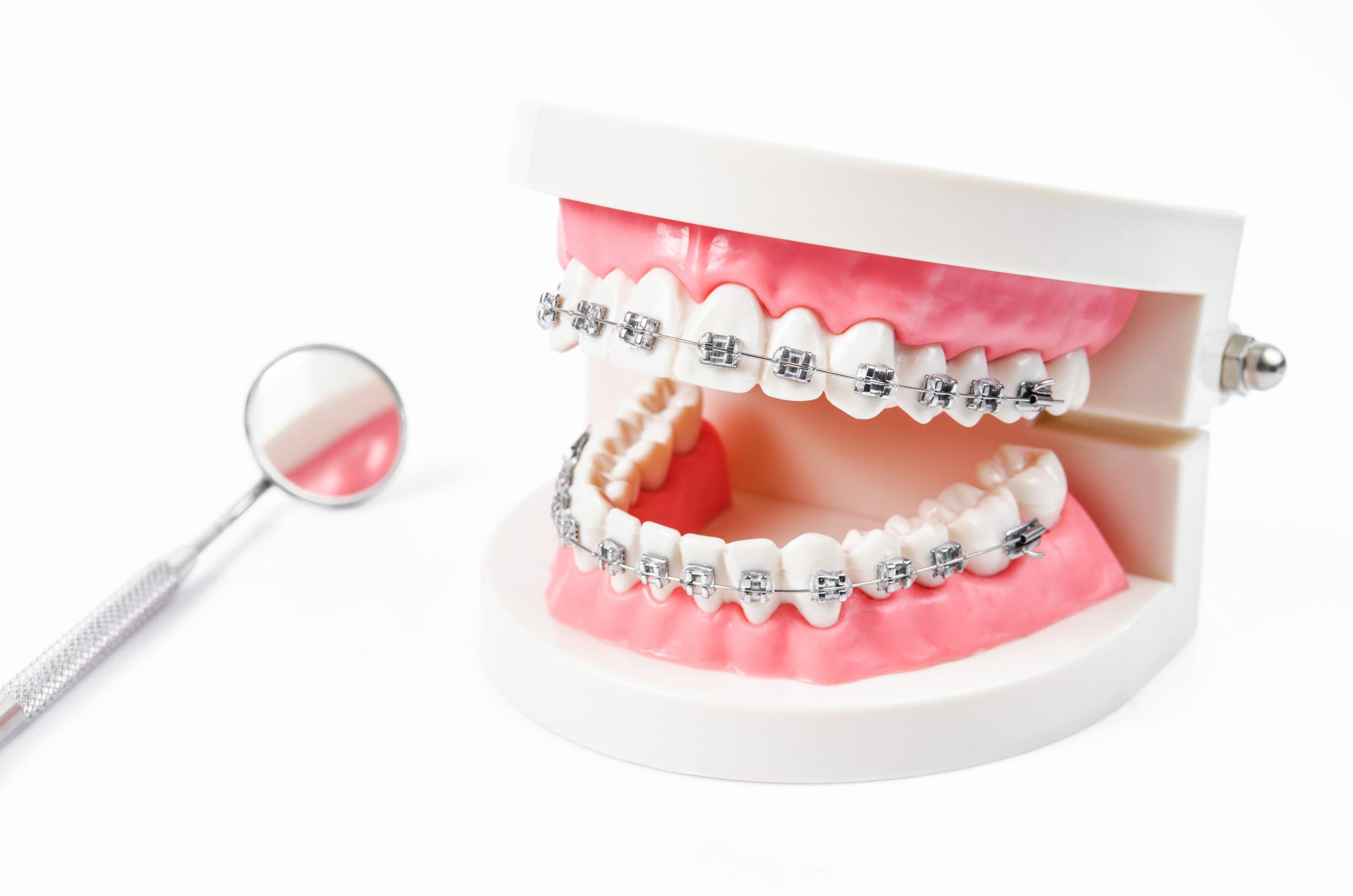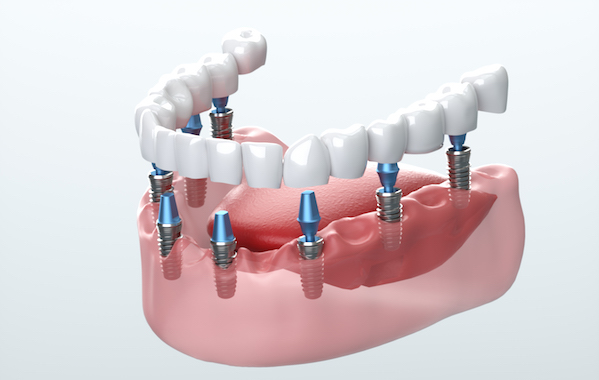The question of whether insurance can pay for braces is a common one, particularly for individuals or families facing the financial burden of orthodontic treatment. Braces can be a significant investment, and understanding the potential for insurance coverage can make a considerable difference in affordability. This comprehensive guide will delve into the various factors that influence insurance coverage for braces, including types of insurance plans, eligibility criteria, and potential out-of-pocket costs.
Contents
Types of Insurance Plans that May Cover Braces
Several types of insurance plans may offer coverage for braces, each with its own set of stipulations and limitations. Let’s explore some of the most common ones:
- Dental Insurance: Dental insurance plans often include coverage for orthodontic treatment, including braces. The extent of coverage can vary significantly depending on the specific plan. Some plans may cover a percentage of the total cost, while others may have a lifetime maximum benefit for orthodontic treatment. It’s essential to review your dental insurance policy carefully to understand the specific coverage details.
- Medical Insurance: In certain cases, medical insurance may cover braces if they are deemed medically necessary. This typically occurs when orthodontic treatment is required to correct a severe dental or skeletal condition that affects overall health and well-being. Examples may include cleft palate, severe malocclusion, or temporomandibular joint disorder (TMJ). Obtaining coverage under medical insurance often requires a referral from a dentist or orthodontist and supporting documentation demonstrating medical necessity.
- Orthodontic Insurance: Some insurance companies offer specialized orthodontic insurance plans designed specifically to cover the cost of braces and other orthodontic treatments. These plans may provide more comprehensive coverage than traditional dental insurance plans, but they may also come with higher premiums.
Eligibility Criteria for Insurance Coverage
Insurance coverage for braces typically hinges on meeting specific eligibility criteria. These criteria can vary depending on the insurance provider and the type of plan. Some common eligibility factors include:
- Age: Many insurance plans have age restrictions for orthodontic coverage. Coverage may be limited to individuals under a certain age, typically 18 or 19. This is because orthodontic treatment is often considered more effective during childhood and adolescence when the jaw and teeth are still developing.
- Severity of Malocclusion: Insurance plans may require a certain level of malocclusion or dental misalignment to qualify for coverage. This is often assessed using the Index of Orthodontic Treatment Need (IOTN), which categorizes malocclusions based on their severity.
- Medical Necessity: As mentioned earlier, medical insurance coverage for braces usually requires a demonstration of medical necessity. This involves providing evidence that orthodontic treatment is essential to address a health condition rather than solely for cosmetic purposes.
Potential Out-of-Pocket Costs
Even with insurance coverage, individuals or families may still face out-of-pocket costs for braces. These costs can include:
- Deductibles: Most insurance plans have a deductible, which is the amount the insured individual must pay out of pocket before insurance coverage kicks in. Deductibles can range from a few hundred dollars to several thousand dollars, depending on the plan.
- Copayments: Copayments are fixed amounts that the insured individual is responsible for paying for each visit to the orthodontist or for specific procedures.
- Coinsurance: Coinsurance is the percentage of the total cost of treatment that the insured individual is responsible for paying after meeting the deductible. Coinsurance rates can vary, but they are typically between 10% and 50%.
- Lifetime Maximums: Some insurance plans have a lifetime maximum benefit for orthodontic treatment. This is the maximum amount the insurance company will pay for braces over the insured individual’s lifetime.
Tips for Maximizing Insurance Coverage for Braces
Navigating insurance coverage for braces can be complex, but there are several strategies individuals and families can employ to maximize their benefits:
- Review Your Insurance Policy Carefully: Before seeking orthodontic treatment, thoroughly review your dental or medical insurance policy to understand the specific coverage details for braces. Pay close attention to any limitations, exclusions, or waiting periods that may apply.
- Obtain Pre-Authorization: Some insurance plans require pre-authorization for orthodontic treatment. This involves obtaining approval from the insurance company before starting treatment. Failure to obtain pre-authorization may result in denied claims or reduced coverage.
- Choose an In-Network Orthodontist: If your insurance plan has a network of preferred providers, choosing an in-network orthodontist can often lead to lower out-of-pocket costs.
- Consider Flexible Spending Accounts (FSAs) or Health Savings Accounts (HSAs): FSAs and HSAs allow individuals to set aside pre-tax dollars to pay for qualified medical expenses, including braces. These accounts can be a valuable tool for managing out-of-pocket costs.
Conclusion
Can insurance pay for braces? The answer is a qualified yes, depending on various factors. Understanding the types of insurance plans that may offer coverage, eligibility criteria, and potential out-of-pocket costs is crucial for making informed decisions about orthodontic treatment. By carefully reviewing insurance policies, obtaining pre-authorization, and exploring additional financial resources like FSAs or HSAs, individuals and families can navigate the financial complexities of braces and achieve healthier, more confident smiles.
Read More: Dental Insurance Plans New Mexico: A Comprehensive Guide






